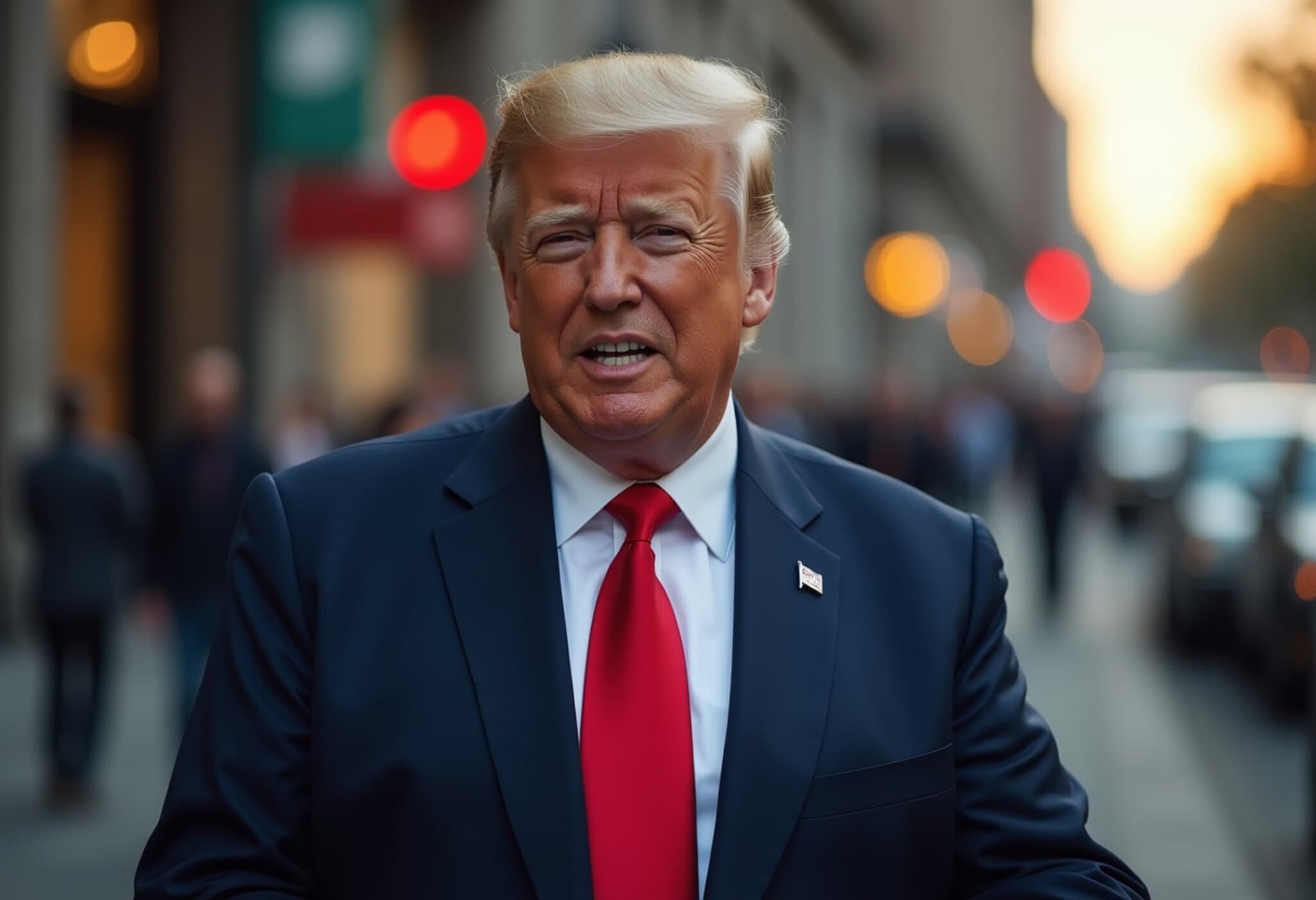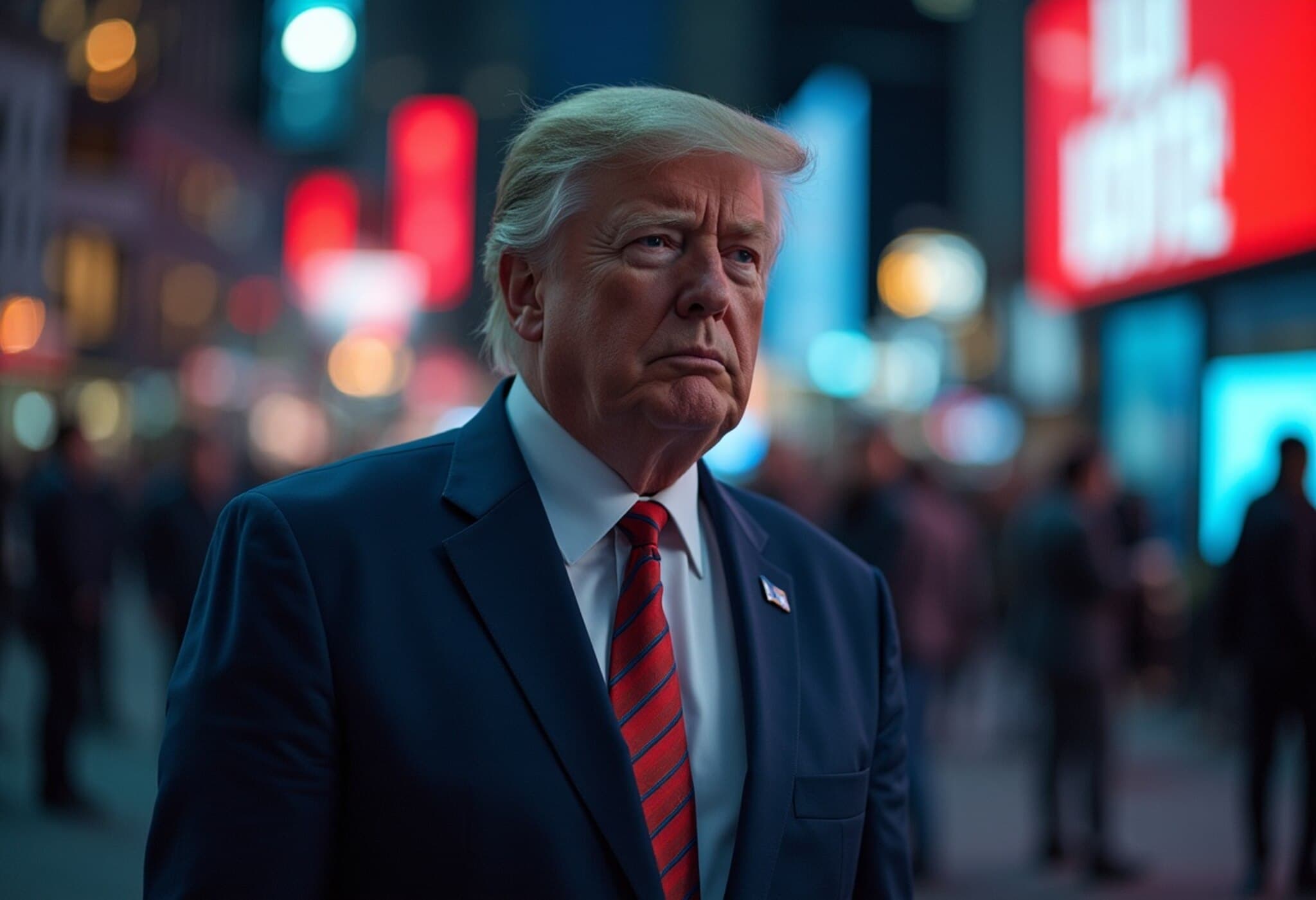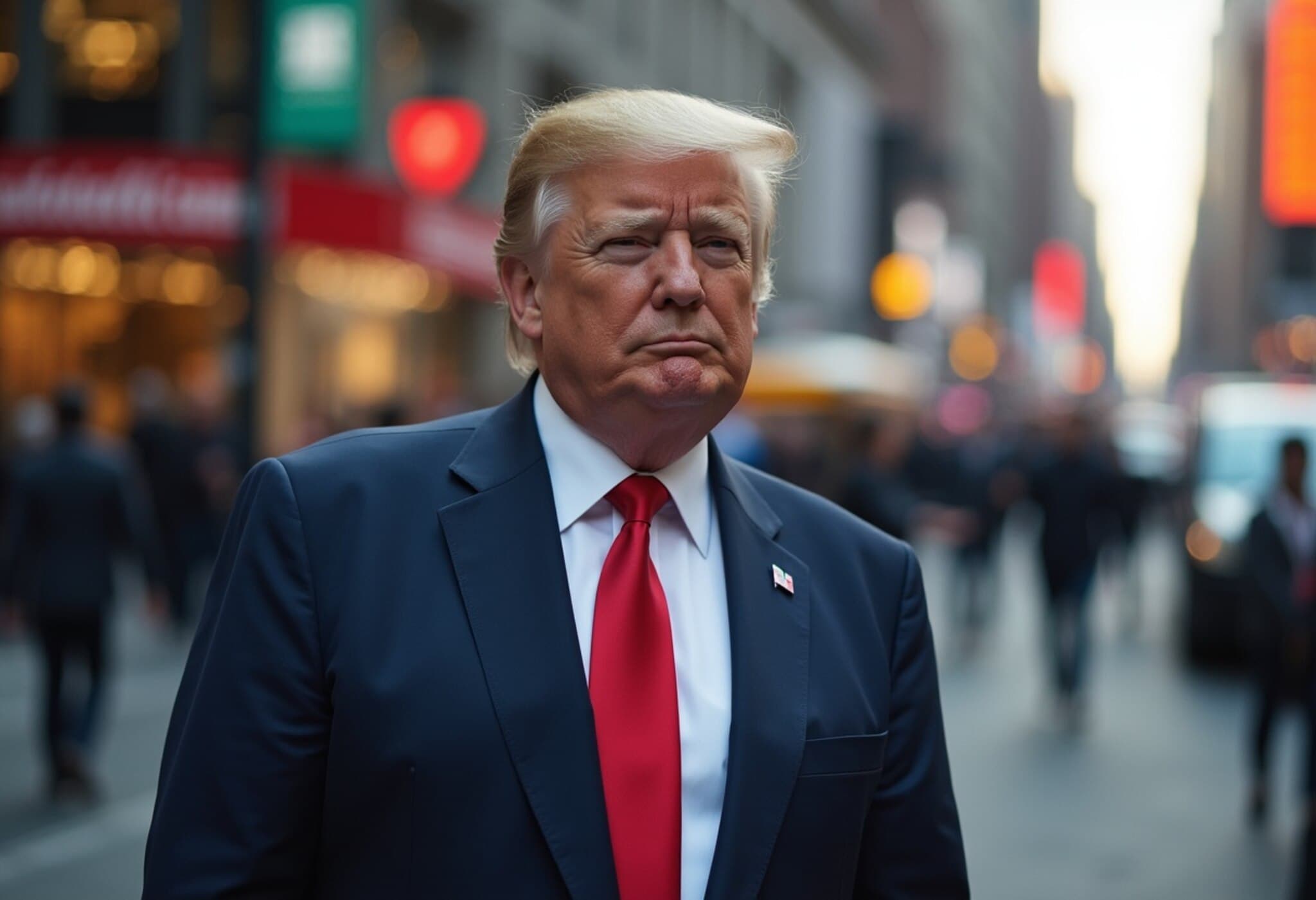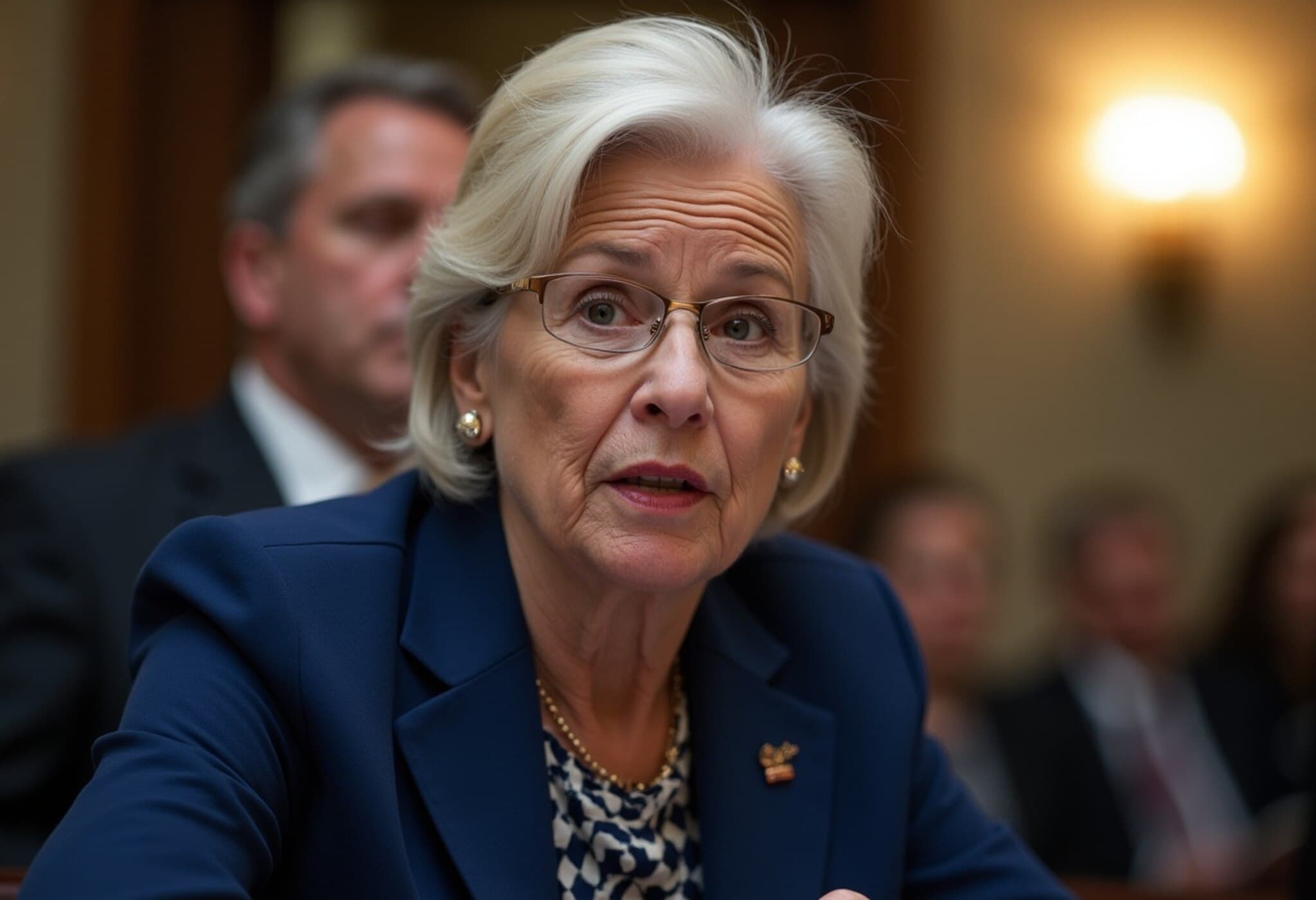Global Retail Faces Upheaval as $800 De Minimis Exemption Ends
On August 29, 2025, a pivotal change in international trade policy sent ripples across the global retail and e-commerce landscape: the elimination of the de minimis exemption that previously allowed shipments valued under $800 to enter the United States duty-free. This abrupt termination, accelerated by an executive order from former President Donald Trump, has taken many by surprise, forcing businesses large and small to scramble for solutions.
Understanding the De Minimis Exemption and Its Sudden End
The de minimis exemption—a trade provision shielding low-value shipments from customs duties and rigorous inspections—has been a cornerstone of online retail logistics for nearly a decade. Under this rule, goods valued below $800 could cross U.S. borders with minimal friction. Although Congress had set a scheduled phase-out for July 2027, an executive order fast-tracked the timeline, leaving businesses and customs authorities less than a year to adapt.
President Trump denounced the exemption as a "catastrophic loophole" exploited to bypass tariffs and flood U.S. markets with unsafe or below-market goods. The Biden administration echoed these concerns, emphasizing the exemption’s role in undermining enforcement against illegal shipments, including fentanyl-laced packages and violations tied to forced labor.
"The sudden removal of this rule is shaking the very foundation of how companies have structured their supply chains," said Lynlee Brown, global trade partner at EY, echoing the sentiment of industry leaders worldwide.
Supply Chain Overhaul: From Border to Boardroom
Companies—ranging from small Etsy artisans to giants like Coach’s parent company Tapestry—have heavily depended on the de minimis exemption. It enabled them to maintain lower costs by bypassing duties on small shipments, facilitating affordable pricing strategies and nimble fulfillment.
Trade data reveals explosive growth in de minimis shipments, soaring from 134 million in 2015 to over 1.36 billion in 2024, with more than 60% originating from China alone. The exemption’s light regulatory touch fostered opacity about shipment contents, prompting government officials to crack down.
As a result, companies have had to rethink entire business models. Some benefit from established manufacturing networks and warehouses abroad to mitigate tariffs, but many smaller players face existential challenges.
- For example, Tapestry faces a $160 million drag on profits attributable in part to tariffs on shipments now outside the exemption.
- Lululemon’s earnings projections have also been revised downward due to new customs costs.
Irina Vaysfeld, KPMG principal in trade compliance, highlighted the particular risk for smaller, digitally-native brands: "They’ve modeled profitability assuming the exemption’s existence. Its removal could force closures or major price hikes."
Marketplace Turmoil and the Plight of Small Sellers
The impact reverberates most sharply through online marketplaces like Etsy and eBay, where myriad small businesses sell handcrafted and niche goods. Many sellers—particularly those based outside the U.S.—have temporarily suspended services to American buyers, grappling with new tariffs that threaten their viability.
Canadian bridal accessories entrepreneur Blair Nadeau expressed the emotional toll: "It's like losing 70% of your income overnight, forcing heartbreaking decisions to turn away customers." Similarly, UK artist Alexandra Birchmore anticipates a 10% price increase on her paintings to cover new duties, sparking widespread dismay among creator communities reliant on cross-border trade.
While marketplaces have voiced concerns and sought reform, regulatory momentum has favored enforcement over exemption, underscoring the need for small sellers to innovate or pivot their supply chains rapidly.
Market Winners and the Future of U.S. Retail
This disruption could inadvertently benefit major U.S. retailers like Amazon and Walmart, which maintain robust domestic warehousing and fulfillment networks. Since the initial rollback on shipments from China and Hong Kong in May, Amazon’s sales growth accelerated, revealing consumer shifts toward established platforms amidst tariff-induced price increases and potential supply chain delays elsewhere.
Meanwhile, the e-commerce giants Shein and Temu, known for leveraging the previous exemption, have faced significant setbacks, including user declines and compelled changes to business strategies, such as opening U.S.-based warehouses and adjusting product offerings.
Broader Economic and Consumer Implications
Economic research from the National Bureau of Economic Research estimates the end of de minimis could cost American families an average of $136 annually. Low-income and minority consumers, who disproportionately rely on affordable imported goods, stand to be hit hardest by rising prices—a critical equity concern.
Jonathan Gold from the National Retail Federation remarked, "While the exemption made products cheaper and more accessible, its removal means increased costs that will likely trickle down to American consumers. Balancing security, compliance, and affordability remains a daunting policy challenge."
Editor’s Note
The sunset of the $800 de minimis exemption marks a defining moment in global trade and U.S. retail. It underscores how intertwined trade policy, supply chain engineering, and community livelihoods truly are. For many small businesses and consumers, the stakes couldn't be higher—not just financially, but emotionally, as affordable and diverse global goods become scarcer on American doorsteps.
Looking ahead, key questions remain: How will policymakers balance security and economic fairness? Can innovative fulfillment and trade models arise to soften the blow? Will consumers adjust preferences, or will major retailers consolidate power further? As this trade landscape shifts, vigilance and adaptability will be essential for all stakeholders.



















